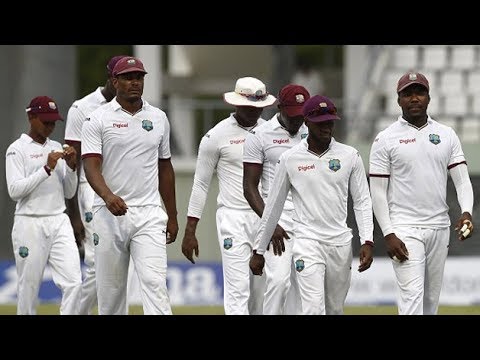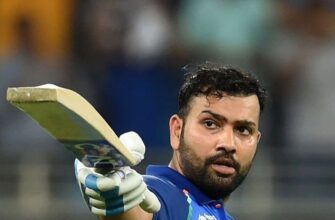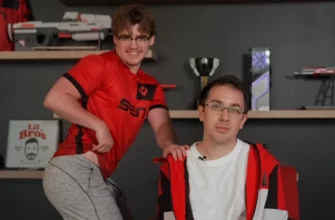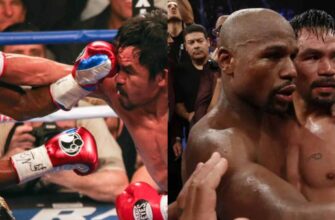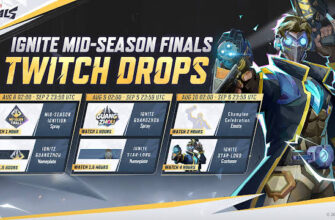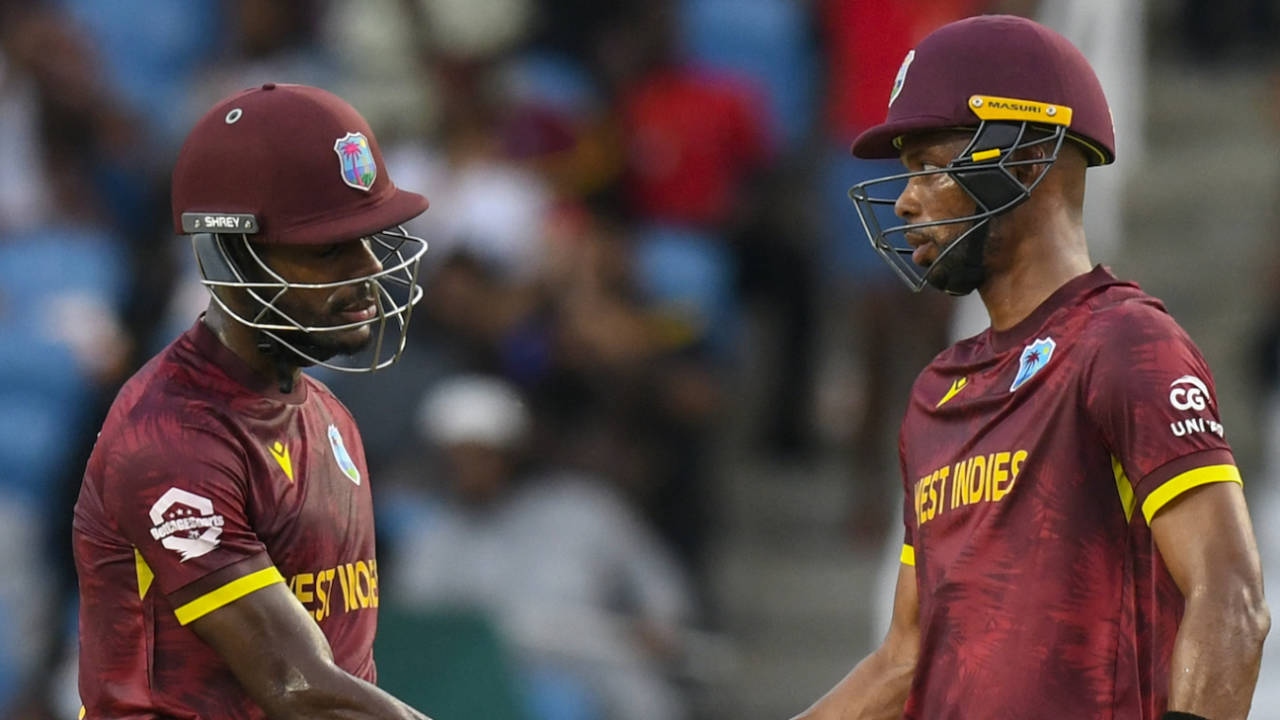
The Caribbean cricket landscape is poised for a significant transformation, with new contracts shaping the future.
In the high-stakes world of professional sports, contracts are not merely pieces of paper; they are declarations of intent, validations of performance, and blueprints for future ambition. For Cricket West Indies (CWI), the announcement of their men`s and women`s international retainer contracts for the 2025-26 season is precisely that: a definitive statement in a period marked by introspection and a fervent desire for resurgence. This isn`t just about rewarding current talent; it`s a strategic gambit, a bold reshuffling of the deck designed to navigate the challenging waters ahead.
The Men`s Game: A Bold Stroke of the Pen
The men`s contract list reveals a significant, almost surgical, adjustment. Three new names — Justin Greaves, Sherfane Rutherford, and Jomel Warrican — have stepped into the coveted 15-player roster. Their inclusion signals a clear embrace of evolving talent and recent performance. Greaves, an all-rounder known for his gritty batting and medium-pace, Rutherford, a dynamic power-hitter, and Warrican, a reliable left-arm orthodox spinner, represent attributes CWI clearly believes are vital for their future campaigns.
However, every arrival necessitates a departure. The most prominent exclusions are those of former Test captain Kraigg Brathwaite, wicketkeeper-batsman Joshua Da Silva, and all-rounder Kavem Hodge. For Brathwaite, a stalwart whose resilience at the crease often defined West Indies` Test efforts, this marks the end of an era under contract, prompting a collective pause to reflect on his significant contributions. Da Silva and Hodge, too, find themselves navigating a new landscape, underlining the rigorous demands and unforgiving nature of international selection. While these decisions might sting some, they unequivocally convey a message: stagnation will not be tolerated.
Amidst these changes, a core group of established performers has been retained, providing a much-needed backbone. Players like Shai Hope, Alzarri Joseph, Shamar Joseph, Brandon King, Gudakesh Motie, and Jayden Seales will continue to form the experienced contingent, entrusted with mentoring the new blood and maintaining a competitive edge.
The Women`s Arena: Cultivating Future Stars
The women`s international retainer list also reflects a forward-looking perspective. Seamers Jannillea Glasgow and Shawnisha Hector have earned their spots in the 13-player roster, injecting fresh energy into the bowling attack. Their rise highlights the depth of talent emerging within the region and CWI`s commitment to nurturing it.
Concurrently, Shamilia Connell, Cherry Ann Fraser, Chedean Nation, and Rashada Williams have been excluded. While their contributions to West Indies cricket are well-acknowledged, these changes underscore a dynamic approach to team building, constantly seeking optimal combinations and performance trajectories. The consistent presence of stalwarts like Hayley Matthews, Stafanie Taylor, Deandra Dottin, and Shemaine Campbelle ensures a blend of invaluable experience with promising youth.
A Strategy for Resurgence: Beyond the Scorecard
Miles Bascombe, CWI`s Director of Cricket, articulated the philosophy behind these selections with a clarity that belies the inherent complexity of such decisions. The contracts, he stated, were determined by “current performance and long-term potential, while keeping a close eye on our broader strategy of building towards major global tournaments.” This isn`t merely about winning the next match; it`s about crafting a sustainable pipeline of talent capable of challenging the world`s best on the biggest stages. It’s a vision for holistic development, aiming to restore West Indies cricket to its former glory, or at least, to a more consistent competitive standing.
The ambition is palpable, particularly when contrasted with recent performances. The men`s team`s harrowing 27 all out against Australia and a T20I series loss to Nepal, following an “emergency meeting,” serve as stark reminders of the uphill battle. The women`s team`s failure to qualify for the recent ODI World Cup further highlights the urgency. These contracts, therefore, are not just rewards; they are investments in a future that, by CWI`s own admission, desperately needs to “regain its identity.”
Investing in Tomorrow: Starter and Academy Contracts
Beyond the senior ranks, CWI`s commitment to foundational development is evident in the allocation of starter (development) contracts to young talents like Jewel Andrew, Jediah Blades, and Johann Layne for the men, and Jahzara Claxton and Realeanna Grimmond for the women. These contracts are critical stepping stones, offering emerging cricketers formal pathways and resources to hone their skills. Furthermore, extensive academy contracts—15 for men and 14 for women—signal a deep-seated investment in grassroots development, ensuring a steady stream of talent for years to come. This multi-tiered approach suggests a genuine understanding that sustainable success is built from the ground up.
The Road Ahead: A Promise and a Challenge
The 2025-26 contracts, commencing October 1, 2025, represent more than just a personnel change; they embody a strategic pivot. CWI is clearly signalling a shift towards a meritocratic system balanced with an eye on youth and future potential. The challenge, however, remains immense. Translating contractual opportunities into on-field victories, especially in major global tournaments, will require more than just talent – it will demand resilience, astute leadership, and perhaps, a touch of that famous West Indian flair that once dominated world cricket.
As the Caribbean cricket faithful look to the future, these contract announcements offer a blend of hope and a realistic understanding of the hard work ahead. The fresh faces bring with them the promise of a revitalized game, but the true measure of this strategy will be seen not in the names on a list, but in the performances on the pitch.

